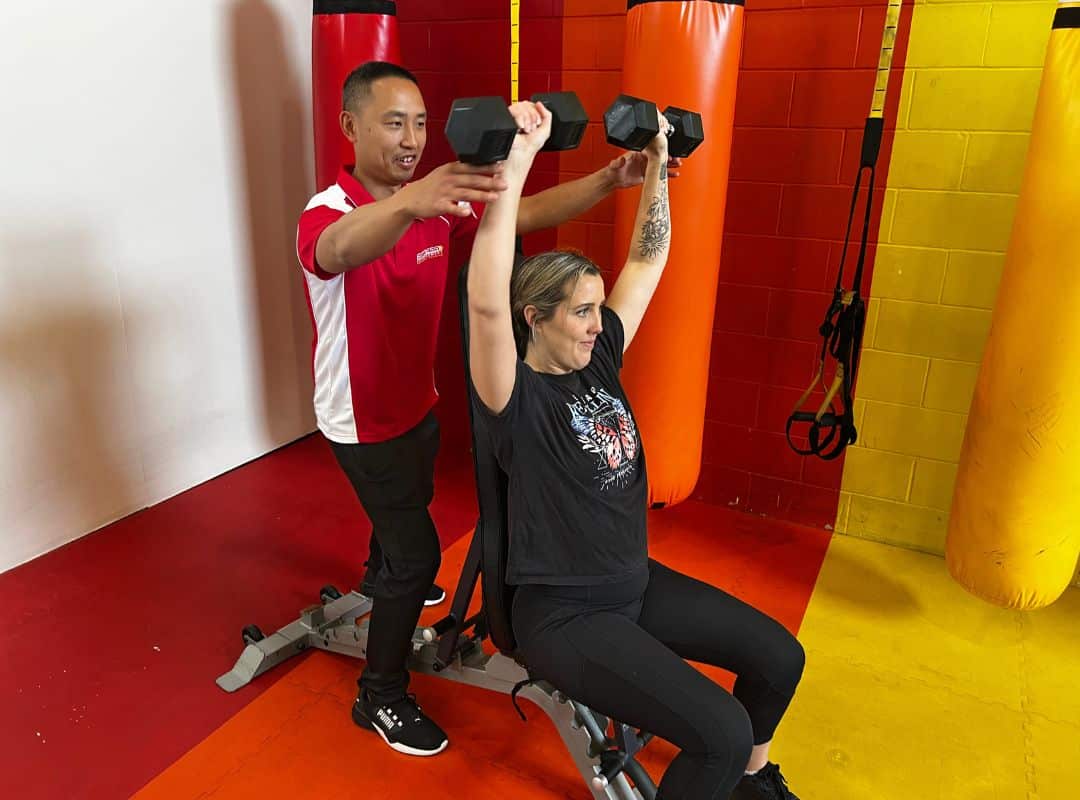
What Is Gym Rent Turnover?
Gym rent turnover refers to the percentage of a gym’s revenue that goes toward paying rent. This metric is critical because it provides insight into how much of your earnings are allocated to a fixed expense, affecting overall profitability.
The Ideal Rent-to-Revenue Ratio
Experts recommend that gym rent should ideally be between 10% and 15% of total revenue. If your rent exceeds 20%, it could significantly impact your profit margins and limit growth opportunities.
Factors Affecting Gym Rent and Profit
- Location: Prime locations often come with higher rent but can attract more members. Evaluate the trade-off carefully.
- Gym Size: A larger space may allow for more members but also increases rental costs.
- Amenities: Additional features like pools or saunas can increase both revenue and rent costs.
- Membership Pricing: Striking the right balance between affordability and profitability is key.
- Operating Costs: Beyond rent, utilities, staff salaries, and equipment maintenance also play a role in profitability.
Strategies to Manage Gym Rent and Boost Profits
- Negotiate Your Lease: Work with landlords to secure competitive rates or incentives like rent-free periods.
- Maximize Space Utilization: Offer group classes, personal training, or rent out space during off-peak hours.
- Increase Membership Retention: Focus on customer satisfaction to maintain steady revenue.
- Diversify Income Streams: Introduce merchandise sales, online fitness classes, or corporate wellness programs.
- Leverage Data Analytics: Monitor your rent-to-revenue ratio regularly and adjust your business strategy accordingly.
Balancing gym rent turnover with profit requires strategic planning and continuous evaluation. By understanding your financial metrics and implementing smart strategies, you can ensure your fitness business remains sustainable and competitive in the long run.
Ready to take your fitness business to the next level? Partner with Fitness Enhancement. Apply Here!
